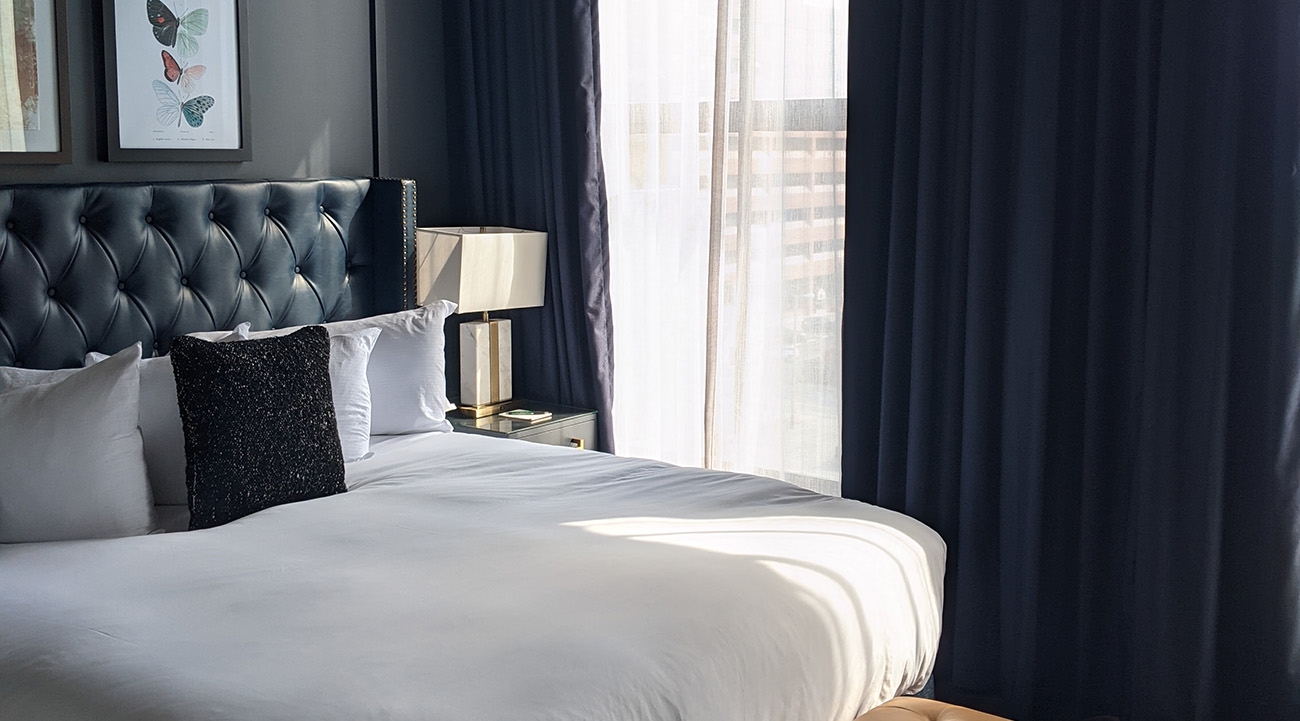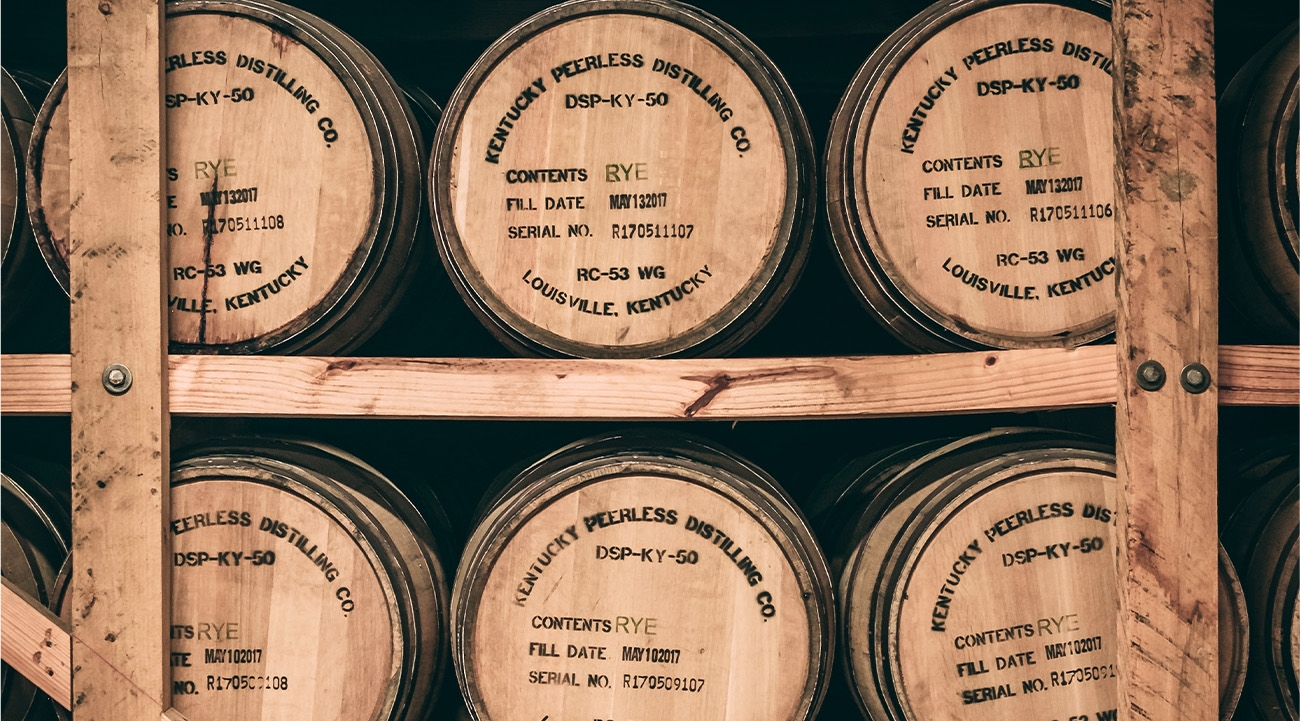Bourbon beauty: Getting a taste for the tipple in Kentucky
It’s barely 9am and I’m already drinking my first cocktail of the day – a coffee-infused version of an old fashioned that’s zesty and bitter with a light, frothy head; it’s so icy and refreshing that I find myself taking bigger gulps than I mean to. I don’t usually start drinking this early but I’m in Kentucky for a bourbon tour, and the basement bar of The Grady Hotel, with its exposed bricks and moody lighting, is as good a place as any to start.
As for picking the old fashioned, well, the classic bourbon-based cocktail is said to have been created right here in Louisville at the end of the 19th century by a bartender named James E Pepper. For my official introduction to the spirit, I take a short stroll from the hotel to the Frazier History Museum, the start of the Kentucky Bourbon Trail.
It’s here I learn that like other whiskies, bourbon is made by distilling fermented grains, and then ageing it in oak barrels. But to be called bourbon, it must be made in the USA using a recipe containing at least 51% corn, with grains like wheat and rye making up the rest. The corn gives the whiskey a smoother and sweeter finish, while the wheat softens it and the rye adds spice. The clear spirit is then aged in charred new oak barrels for a minimum of two years, soaking up a hit of woodiness and vanilla and, of course, that gloriously distinctive caramel colour. The only addition is water, which brings the alcohol down to a saleable strength.

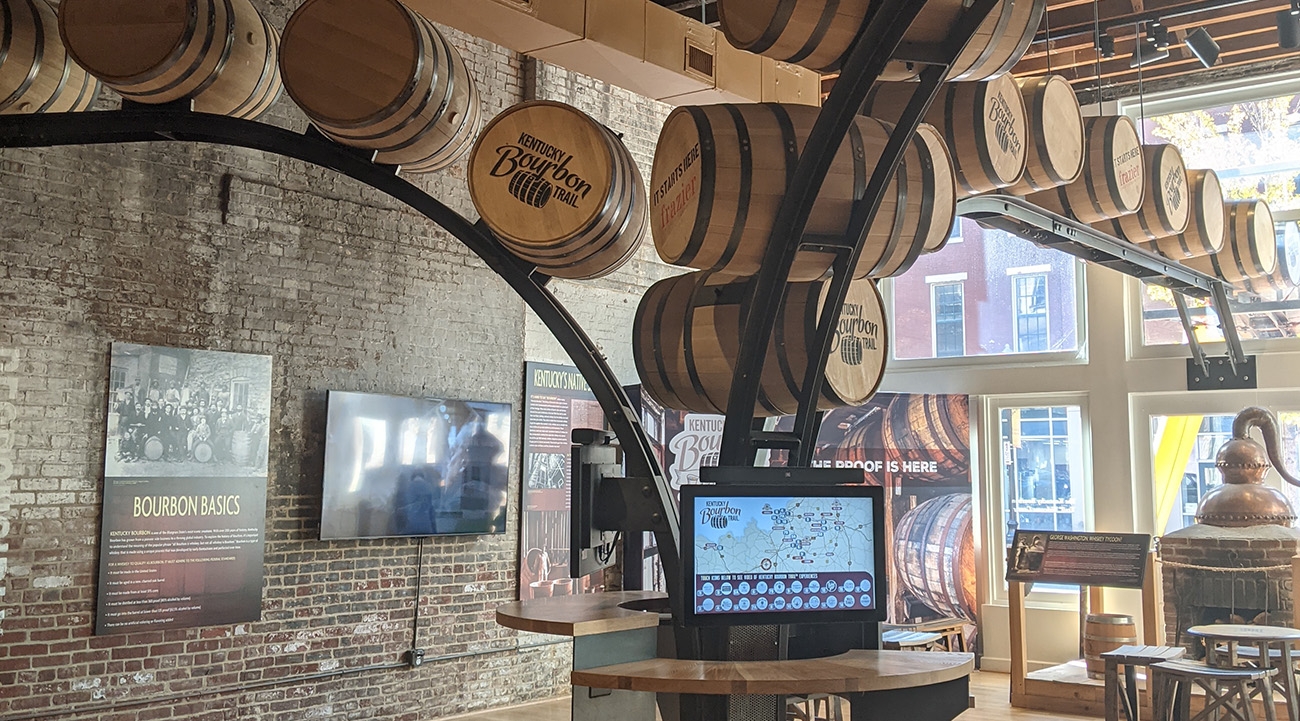

Craftsmanship
Knowing the recipe isn’t quite the same as knowing the secret to great bourbon, though – for that you need time. And none can beat Buffalo Trace, which claims the title of America’s oldest, continuously operating distillery thanks to the fact that it managed to keep making whiskey through the 1920-30s Prohibition era for “medicinal purposes”. Located in the state capital of Frankfort, with the Kentucky River running adjacent, the Buffalo Trace campus has a cinematic quality to it.
At the forefront are industrial-looking red brick rackhouses where millions of barrels of whiskey are slowly ageing. Behind, time-worn stone buildings house even more barrels that won’t be released for decades. Overlooking it all is the water tower, instantly recognisable as it appears on the label of every bottle. Tours here are free, and are well worth it – and not just for the tasting at the end, or the chance to pick up rare bottles that are hard to find elsewhere.
On the Old Taylor Tour, for example, you’ll see remnants of the original OFC Distillery, which dates back to 1873. And if you’re lucky, you’ll also get to hear about the Last Drop Project, where special barrels are stored in a temperature controlled safe to mature over the span of 50 years – long after its contemporaries are emptied. For me, nothing beats the magic of stepping into a rackhouse and simply inhaling the sweet scent of bourbon lingering in the air, knowing that the barrels all around me are expanding and contracting with the seasons, as if alive and breathing.
Old distilleries like these exist because Kentucky’s relationship with bourbon goes back centuries. Legend has it that it was a preacher by the name of Elijah Craig who, in 1789, became the first person to age whiskey in charred oak barrels – a defining feature of this quintessentially American spirit. While this origin story remains in dispute, a few things did happen to help bourbon flourish in the Bluegrass State. One was the Corn Patch and Cabin Rights law of 1779 which saw those willing to move to Kentucky given land rights as long as they grew corn.
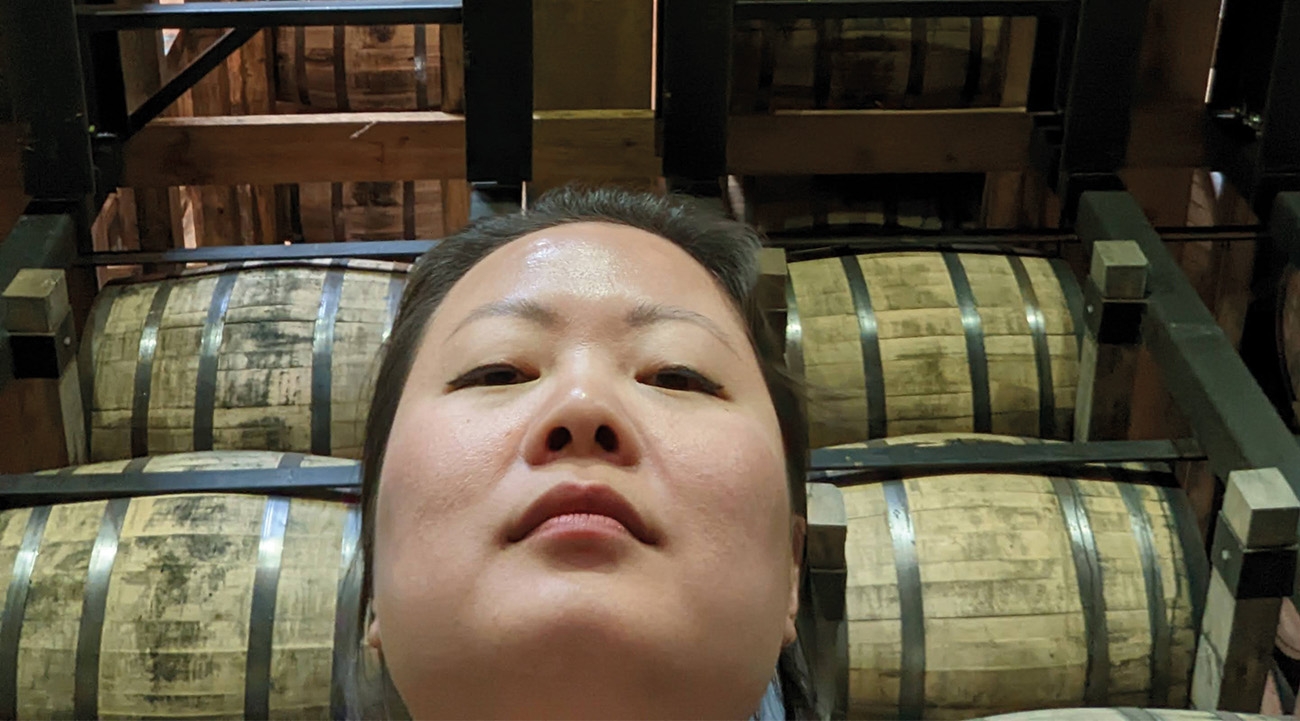
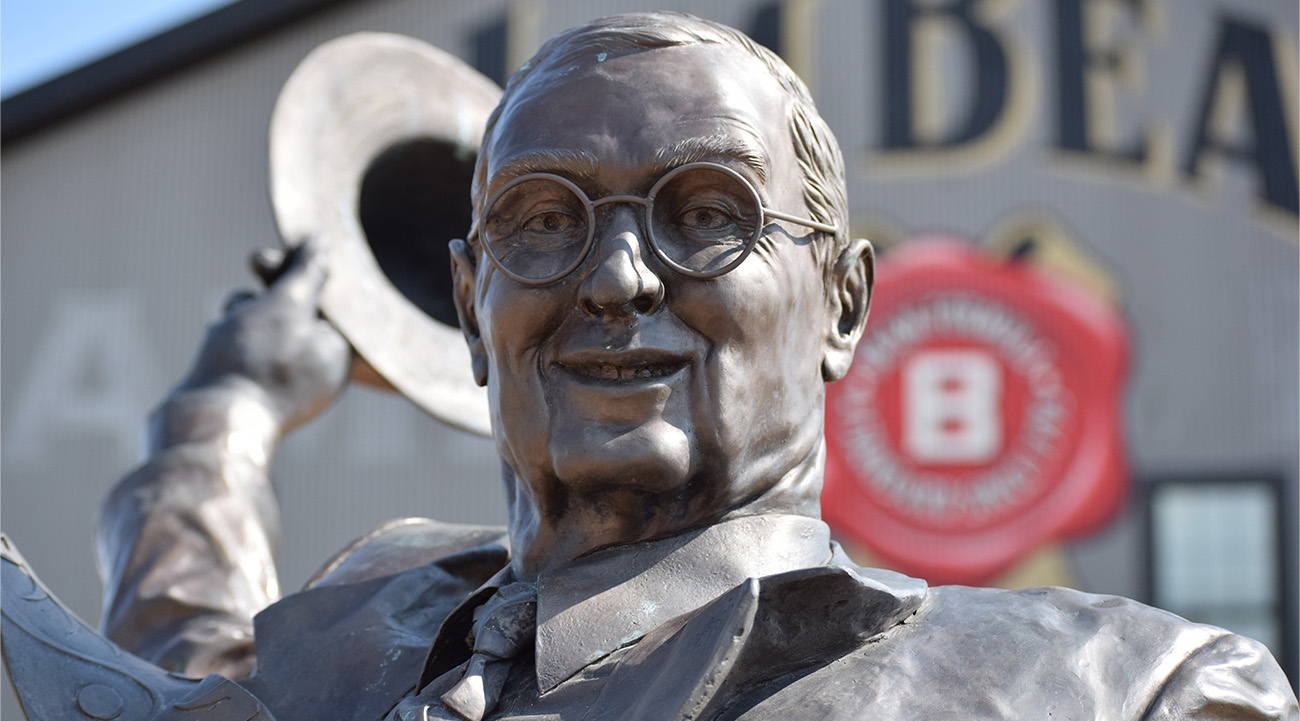
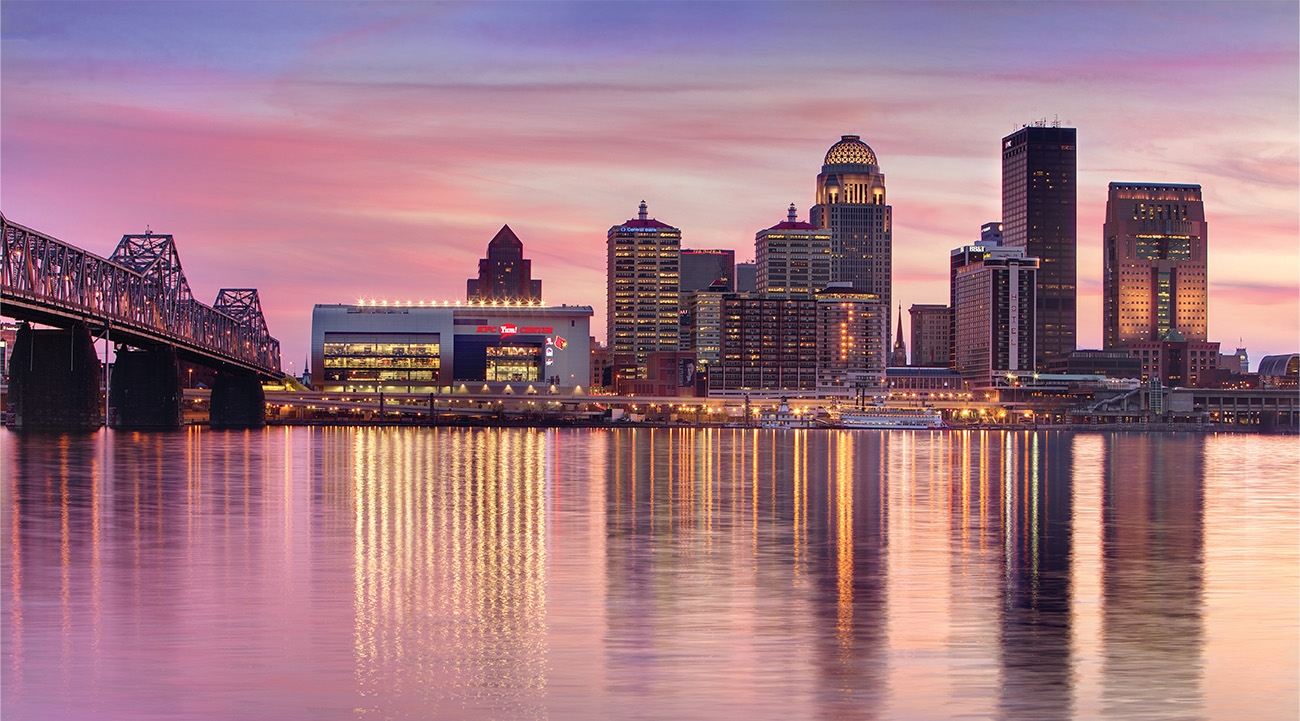
As it turned out, Kentucky had extremely fertile soils and the farmers soon needed some way of dealing with the glut. As Freddie Noe, eighth generation master distiller at Jim Beam and whose family was among the first to move to Kentucky at the end of the 18th century, puts it: “Everyone made whiskey because that’s how you preserved grain. And everyone grew grain because that’s how you survived.” Bourbon may have been around for more than 200 years but it’s in the last decade that its popularity really surged, with the spirit going through something of a revival of late.
Part of it was down to a change in legislation in 2012 that relaxed sales restrictions, but the driving force behind the demand for American whiskey in general has been attributed to the hit show Mad Men, in which a rye[1]based old fashioned was Don Draper’s tipple of choice. In fact, according to Chenelle McGee, international and domestic sales director at Kentucky Tourism, of the 95 distilleries currently active in the state, a staggering 95% of them opened in the past decade. For tourists, that’s great news. With these new distilleries came huge investment across the state in hotels, tours and experiences to create a new era for bourbon appreciation.
Take the Lexington Distillery District, which is being built up across a 25-acre site. Two new distilleries, including the revived James E Pepper Distillery, are now anchored here, together with bars, restaurants and music venues, creating a semi-open-air hub that buzzes at weekends. Or Covington, which has a B-Line trail covering distilleries and like-minded restaurants and bars in northern Kentucky. And of course, not forgetting the annual Kentucky Bourbon Festival in Bardstown, known as the bourbon capital of the world.

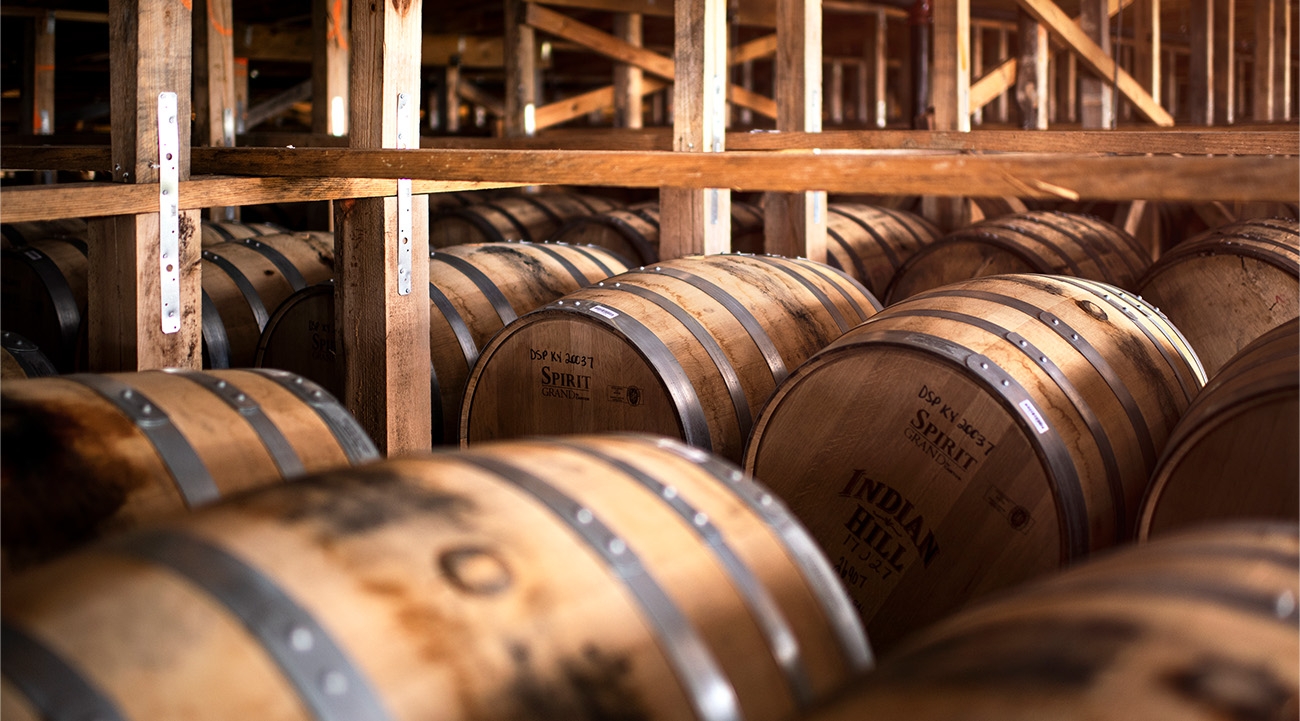

Sip back and relax
And there’s more good news for UK bourbon fans. While my journey from London to Louisville, with a stopover in Texas, took a lengthy 15 hours, a new British Airways route to Cincinnati, Ohio – a bridge-crossing away from Covington – is set to change all that. Launching this May, the direct flight will take just under nine hours from Heathrow. Once you land, a bevy of local operators, such as Tour With Us KY, can arrange bespoke itineraries across the state with knowledgeable drivers, so you don’t even need to worry about who’s going to miss out on the bourbon to drive. In fact, all that’s left to do is decide whether you want to drink in Kentucky bourbon’s historical or modern side first.
Hotel review: The Grady, Louisville
Supremely sleek boutique hotel The Grady made its Louisville debut in 2021 as a member of the Small Luxury Hotels of the World portfolio. The interior is contemporary, but inspired by the building’s illustrious history, having been built in 1883. Pharmacist JB Wilder used the basement to distil medicinal bourbon and mix herbal elixirs.
That space is now home to bar and restaurant The Wild Swann, named in tribute to a later building resident, the Swann Abrams Hat Company. One beauty of such a historic property is the wonderfully high ceilings, which are fully showcased in the 51 guest rooms via floor to ceiling windows and modern chandeliers. Each room is spacious, with ivory white linens contrasting with accents of navy wood panelling and plush leather headboards.
The bathroom amenities come from American apothecary brand CO Bigelow, while the sumptuous bathrobes make you feel fully cocooned. The hotel’s location in the quaint Market District of downtown Louisville completes the winning formula. Most of the city’s key attractions – from the distilleries and restaurants on Whiskey Row to the museums dedicated to the Louisville Slugger (baseball bats) and Muhammad Ali – are within walking distance.
thegradyhotel.com

